Top 7 Best Camera Phones in the World
Smartphones are no longer just phones—they’re your personal photographer, videographer, and content creator all rolled into one sleek device. In 2025, the battle for the best camera phone has become more intense than ever, with brands pushing boundaries in sensor size, AI enhancement, and zoom wizardry.
Whether you're chasing perfect sunsets, capturing city nights, or filming cinematic reels on the go, these seven camera phones rise above the rest.
From jaw-dropping detail to studio-quality portraits, these devices don’t just take pictures—they make statements. Ready to meet the pocket-sized powerhouses redefining mobile photography? Let’s dive in.
| Rank | Mobile |
|---|---|
| 7 | Google Pixel 9a |
| 6 | OnePlus 13 |
| 5 | Oppo Find X8 Ultra |
| 4 | Xiaomi 15 Ultra |
| 3 | Google Pixel 9 Pro XL |
| 2 | Apple iPhone 16 Pro Max |
| 1 | Samsung Galaxy S25 Ultra |
7. Google Pixel 9a
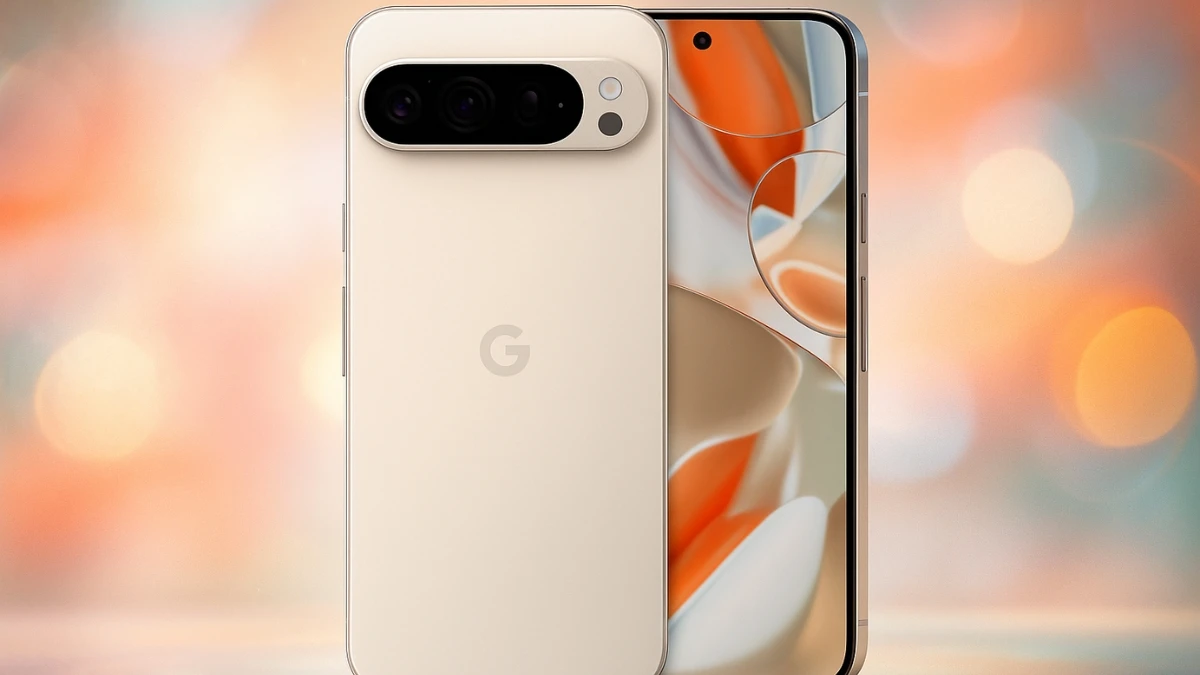
The Google Pixel 9a is praised as an affordable camera phone that brings many of Google's computational photography advantages to a much lower price point.
While the hardware specifications are modest compared to flagship phones, Google's software magic ensures that photos often punch well above the device's weight class.
The 64MP main camera, backed by Google's AI processing, delivers surprisingly good results in most lighting conditions.
Features like Magic Eraser, Portrait mode, and Night Sight – typically reserved for expensive phones – come standard, making this an incredible value for budget-conscious photographers.
Best for: Budget-conscious users who don't want to compromise on camera quality, first-time smartphone photographers, students, or anyone who wants Google's AI features without premium pricing.
Sample scenarios: Learning photography basics with AI assistance, capturing family memories without breaking the bank, social media photography, or having a reliable backup camera phone.
Pros: Outstanding value for money, Google's AI camera features, guaranteed software updates, compact size, excellent battery life.
Cons: Limited hardware specifications, plastic build quality, shorter zoom range, slower performance in demanding tasks.
6. OnePlus 13
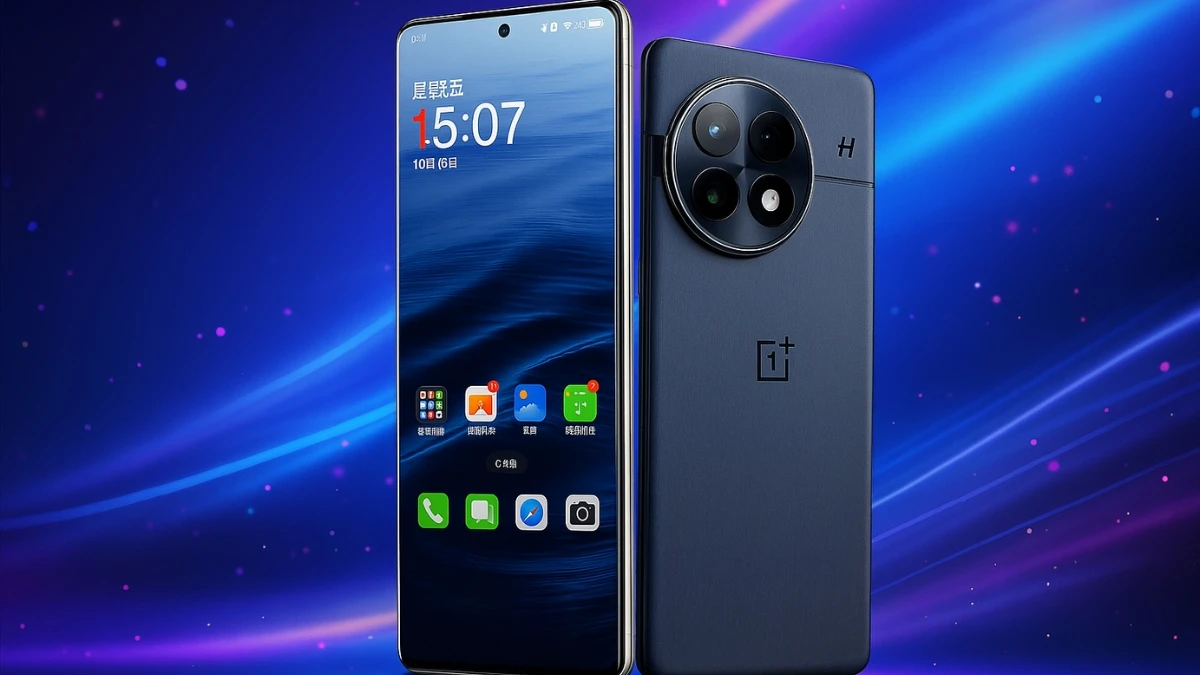
The OnePlus 13 proves that you don't need to spend $1,200+ to get excellent camera performance. While it may not match the absolute peak performance of more expensive flagship phones, it delivers 90% of the quality at significantly lower cost, making it an outstanding value proposition.
The 50MP main camera, enhanced by Hasselblad's color tuning, produces vibrant, detailed photos that satisfy most users' needs.
The ultrawide and telephoto cameras, while not class-leading, provide good versatility for different shooting scenarios. Where OnePlus particularly excels is in providing a clean, fast user experience with minimal bloatware.
Best for: Users who want flagship camera features without flagship prices, Android enthusiasts who appreciate clean software, and anyone who values fast charging and smooth performance alongside good photography.
Sample scenarios: Daily photography for social media, travel photography where you need reliable performance, family events where quick focusing matters, or content creation on a budget.
Pros: Excellent value for money, fast performance, rapid charging, clean software experience, good camera quality for the price.
Cons: Camera processing not quite flagship-level, limited zoom range compared to premium options, build quality feels less premium than top-tier competitors.
5. Oppo Find X8 Ultra

The Oppo Find X8 Ultra deserves recognition for delivering some of the most impressive low-light photography available on any smartphone.
The main camera captures a lot of ambient light and textures are well preserved, making it ideal for evening photography, indoor events, and atmospheric night shots.
The Hasselblad partnership brings professional color calibration and processing, resulting in images with natural tones and excellent dynamic range.
The quad-camera setup, all featuring 50MP sensors, provides consistency across all focal lengths – a rare achievement in smartphone photography.
What sets the Find X8 Ultra apart is its approach to image processing. Rather than the heavily computational approach of Google or Samsung, Oppo focuses on preserving natural textures and colors, resulting in photos that look more like they came from a traditional camera.
Best for: Night photographers, users who prioritize natural image quality over AI enhancement, and photographers who want consistent results across all camera lenses.
Sample scenarios: Capturing atmospheric night cityscapes, photographing indoor events without harsh flash, shooting golden hour portraits with warm, natural tones, or creating moody architectural photography.
Pros: Exceptional low-light performance, natural color reproduction, consistent quality across all lenses, professional build quality, innovative design.
Cons: Limited global availability, steeper learning curve for casual users, software updates slower than major competitors.
4. Xiaomi 15 Ultra
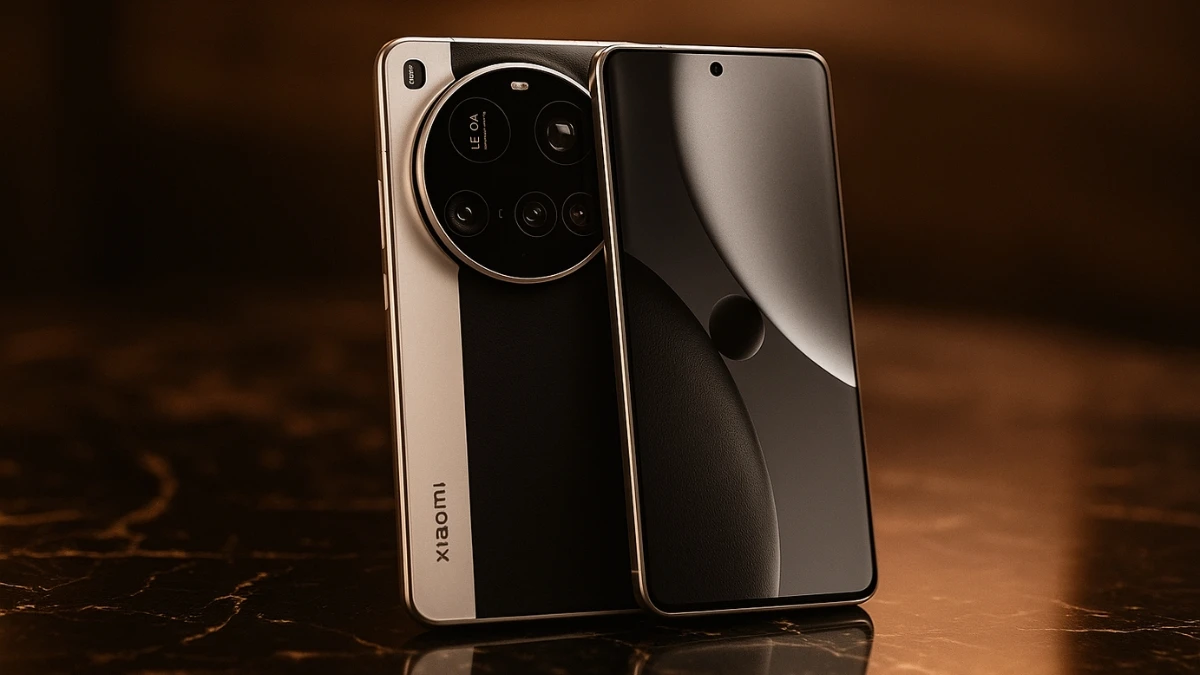
The Xiaomi 15 Ultra is the best cameraphone in 2025 from a pure hardware perspective, featuring a massive 1-inch main sensor that captures more light and detail than any competitor.
The Leica partnership brings professional color science and optics expertise, resulting in photos with a distinctive, film-like quality that stands apart from the computational photography crowd.
The dual telephoto setup (3x and 6x optical zoom) provides flexibility for different shooting scenarios, while the 1-inch main sensor delivers exceptional low-light performance and natural background blur that rivals dedicated cameras.
This is the phone for photographers who appreciate technical excellence and don't mind a learning curve to unlock its full potential.
Best for: Photography purists who want maximum image quality, users who enjoy manual camera controls, and anyone seeking a distinctive aesthetic in their photos.
Sample scenarios: Shooting in challenging low-light conditions where other phones struggle, capturing landscapes with exceptional dynamic range, creating portraits with natural bokeh, or producing images suitable for large prints.
Pros: Largest main sensor available, exceptional image quality, Leica color science, professional manual controls, unique design aesthetic.
Cons: Limited global availability, MIUI software learning curve, expensive pricing, some AI features lag behind Google and Samsung.
3. Google Pixel 9 Pro XL
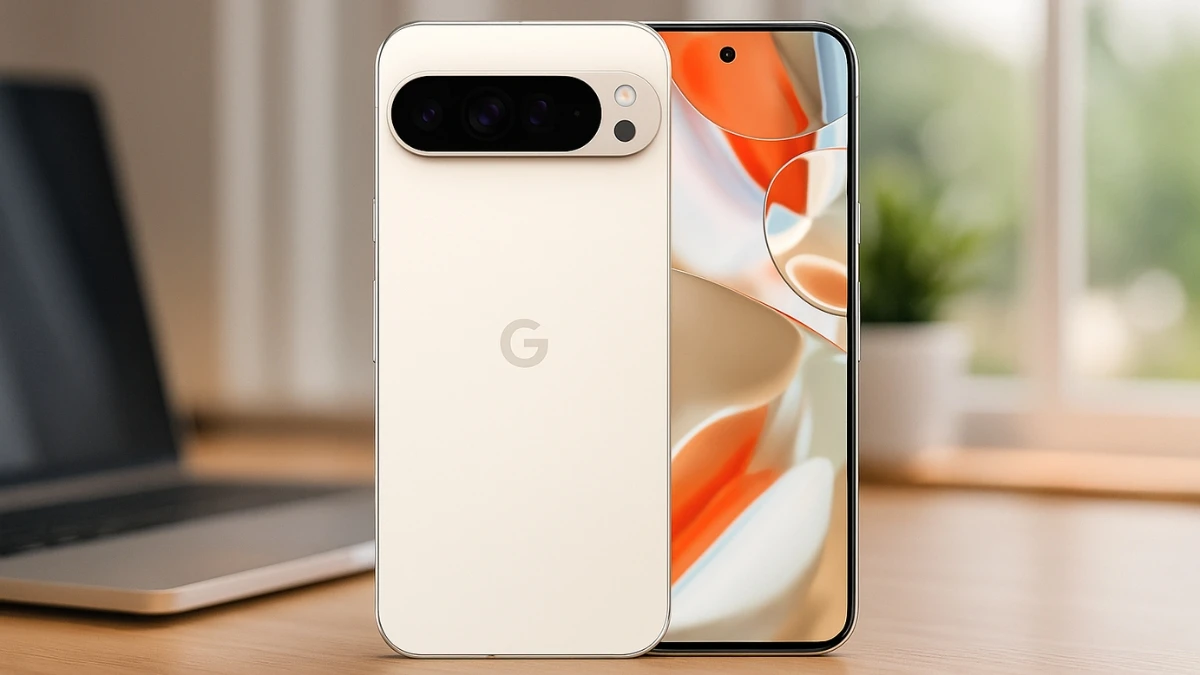
The Pixel 9 Pro XL is the most consistent smartphone camera you can buy, and that consistency makes it perfect for users who want great photos without thinking about camera settings.
Google's computational photography expertise shines through in every shot, automatically optimizing exposure, color balance, and detail enhancement.
The 50MP main sensor, paired with Google's industry-leading image processing, produces photos that consistently look natural and well-balanced.
The 5x periscope telephoto camera delivers sharp results up to 30x zoom, while features like Magic Eraser, Best Take, and Top Shot ensure you never miss the perfect moment.
What makes the Pixel special isn't just the hardware – it's how Google's AI works behind the scenes to fix problems before you even notice them.
Blurry photos become sharp, poorly lit scenes become well-exposed, and unwanted objects disappear with a simple tap.
Best for: Photography enthusiasts who want professional results without professional complexity, families who need reliable cameras for capturing memories, and users who love AI-powered editing features.
Sample scenarios: Photographing energetic children (Top Shot picks the best expression), removing photobombers from vacation pictures, capturing detailed night shots without a tripod, or getting sharp portraits with perfect skin tones.
Pros: Incredible computational photography, intuitive AI features, consistent results across lighting conditions, excellent portrait mode, regular feature updates.
Cons: Hardware specifications trail some competitors, limited optical zoom range, can be slow in some processing tasks.
2. Apple iPhone 16 Pro Max
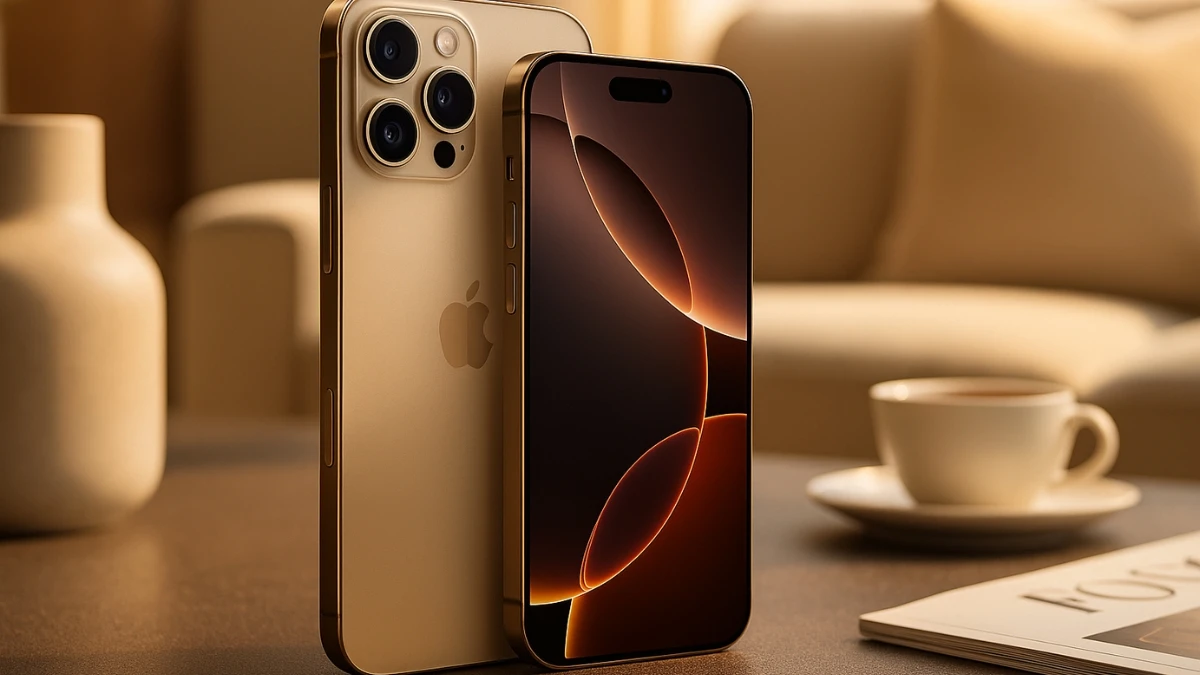
The iPhone 16 Pro Max offers helpful Camera Control and represents Apple's strongest camera phone to date. While it may not match Samsung's zoom capabilities, it excels where many users need it most: video recording and consistent, reliable photography.
The 48MP main camera produces excellent detail, while the new 48MP ultrawide sensor significantly improves macro photography capabilities.
The 5x telephoto provides useful reach for most situations, and the new Camera Control button offers tactile access to zoom and focus adjustments – a feature that becomes surprisingly intuitive after a few days of use.
Where the iPhone 16 Pro Max truly shines is video recording. The Apple iPhone 16 Pro is capable of giving you the best video quality of current flagship phones.
Features like Cinematic mode, Action mode for stabilization, and ProRes recording capabilities make this the clear choice for serious video content creation.
Best for: Content creators, videographers, users deeply embedded in the Apple ecosystem, and anyone who prioritizes ease of use with professional results.
Sample scenarios: Recording family events with cinema-quality video, creating professional content for social media, capturing stable footage while walking or running, or shooting ProRAW photos for serious editing work.
Pros: Industry-leading video quality, exceptional build quality, seamless ecosystem integration, reliable performance, strong resale value.
Cons: Limited zoom compared to Android flagships, expensive storage upgrades, no always-on display, charging speeds lag behind competitors.
1. Samsung Galaxy S25 Ultra
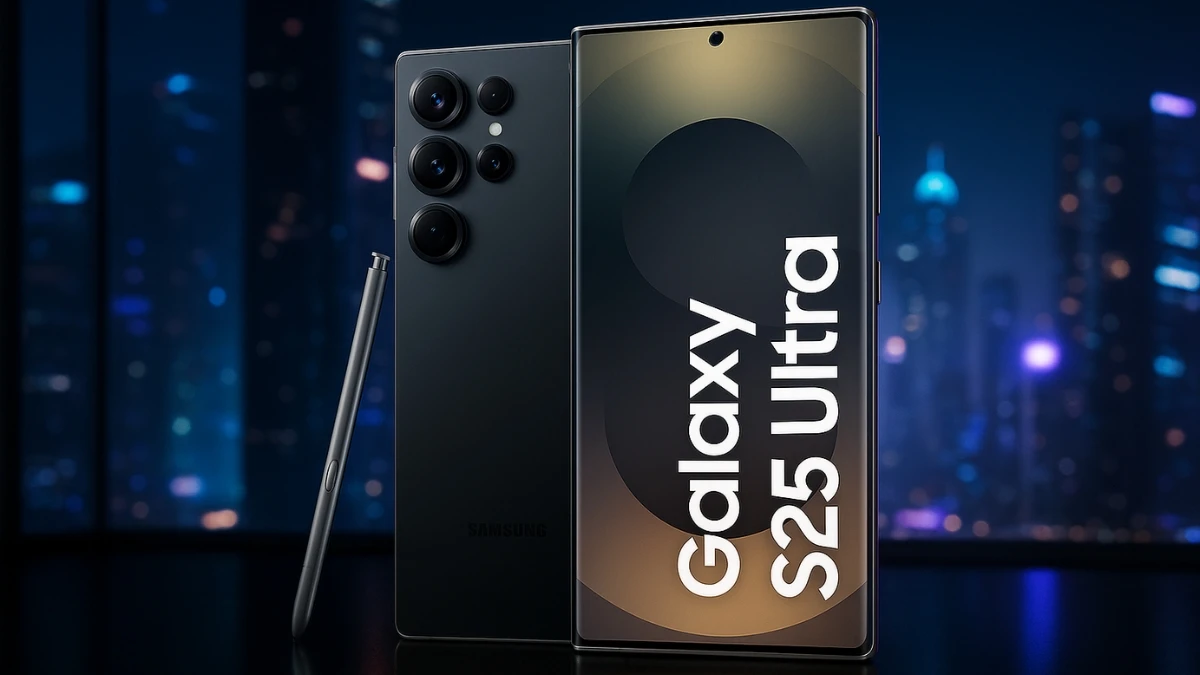
The Samsung Galaxy S25 Ultra earns our top spot by delivering the most versatile camera system available today.
Its AI ProVisual Engine enhances performance significantly, while the hardware combination of a 200MP main sensor, improved 50MP ultrawide camera, and dual telephoto setup (3x and 5x optical zoom) provides unmatched flexibility.
What truly sets the S25 Ultra apart is its zoom capability – the 100x Space Zoom feature lets you capture details that other phones simply can't reach.
Whether you're photographing wildlife from a distance, getting close-up shots at concerts, or capturing architectural details on distant buildings, this phone delivers.
The S Pen integration adds another dimension, functioning as a remote shutter release for group photos and long-exposure shots.
Best for: Users who want maximum versatility and aren't afraid to pay premium prices for cutting-edge technology. Ideal for travel photographers, content creators, and anyone who frequently shoots in challenging conditions.
Sample scenarios: Capturing a performer on stage from the back of a venue, photographing birds in your backyard without disturbing them, getting detailed shots of the moon, or documenting a city skyline from miles away.
Pros: Exceptional zoom range, excellent night photography, S Pen functionality, robust video features, comprehensive manual controls.
Cons: Expensive starting price, can over-process images in some situations, large size may not suit all users.
Detailed Comparison Section
Zoom Capabilities: Samsung's Galaxy S25 Ultra dominates with 100x Space Zoom, though quality drops significantly beyond 30x. Apple's iPhone 16 Pro Max offers 5x optical zoom that maintains excellent quality throughout its range. Google's Pixel 9 Pro XL matches Apple's 5x range but adds superior digital zoom processing for usable results up to 30x.
Night Photography: The Oppo Find X8 Ultra and Xiaomi 15 Ultra lead in pure low-light capture thanks to their large sensors. Google's Pixel 9 Pro XL leverages AI to produce the most usable night shots for average users, while Samsung's S25 Ultra offers the best balance of hardware and software optimization.
Video Recording: Apple maintains its lead in video quality, offering superior stabilization, color accuracy, and professional features like ProRes recording. Samsung comes close with excellent 8K recording and AI-enhanced features, while Google focuses on computational stabilization and automatic optimization.
AI Features: Google leads in computational photography with features like Magic Eraser and Best Take. Samsung offers comprehensive AI editing tools and scene optimization. Apple takes a more subtle approach, using AI to enhance photos without obvious intervention.
Price & Value Analysis
Flagship Tier ($1000+): Samsung Galaxy S25 Ultra, iPhone 16 Pro Max, and Xiaomi 15 Ultra offer cutting-edge features and maximum performance. You're paying for the latest sensors, advanced AI processing, premium build quality, and comprehensive feature sets.
Value Flagship ($600-800): OnePlus 13 delivers flagship-level performance at a more accessible price point, though with some compromises in camera processing and build materials.
Budget Excellence ($300-500): Google Pixel 9a proves that excellent camera phones don't require premium pricing, offering most users everything they need for great photography.
Disclaimer:
The rankings and opinions presented in this article are based on publicly available specifications, hands-on testing, user reviews, and current market trends as of mid-2025. Camera performance can vary based on software updates, shooting conditions, and personal preferences. Availability and features may differ by region. Always consider your specific needs, budget, and ecosystem preferences before making a purchase decision. This article is intended for informational purposes only and does not constitute professional or purchase advice.






